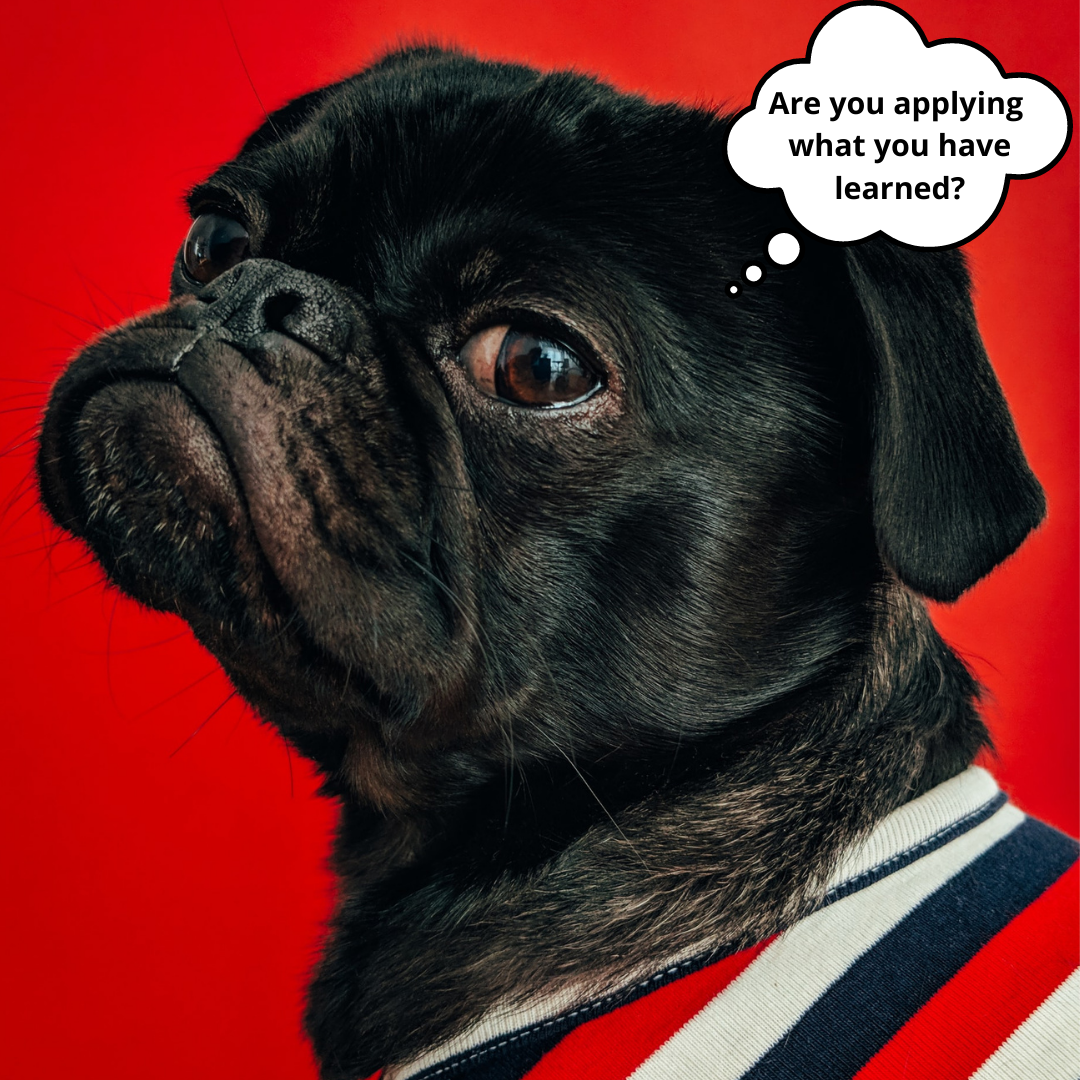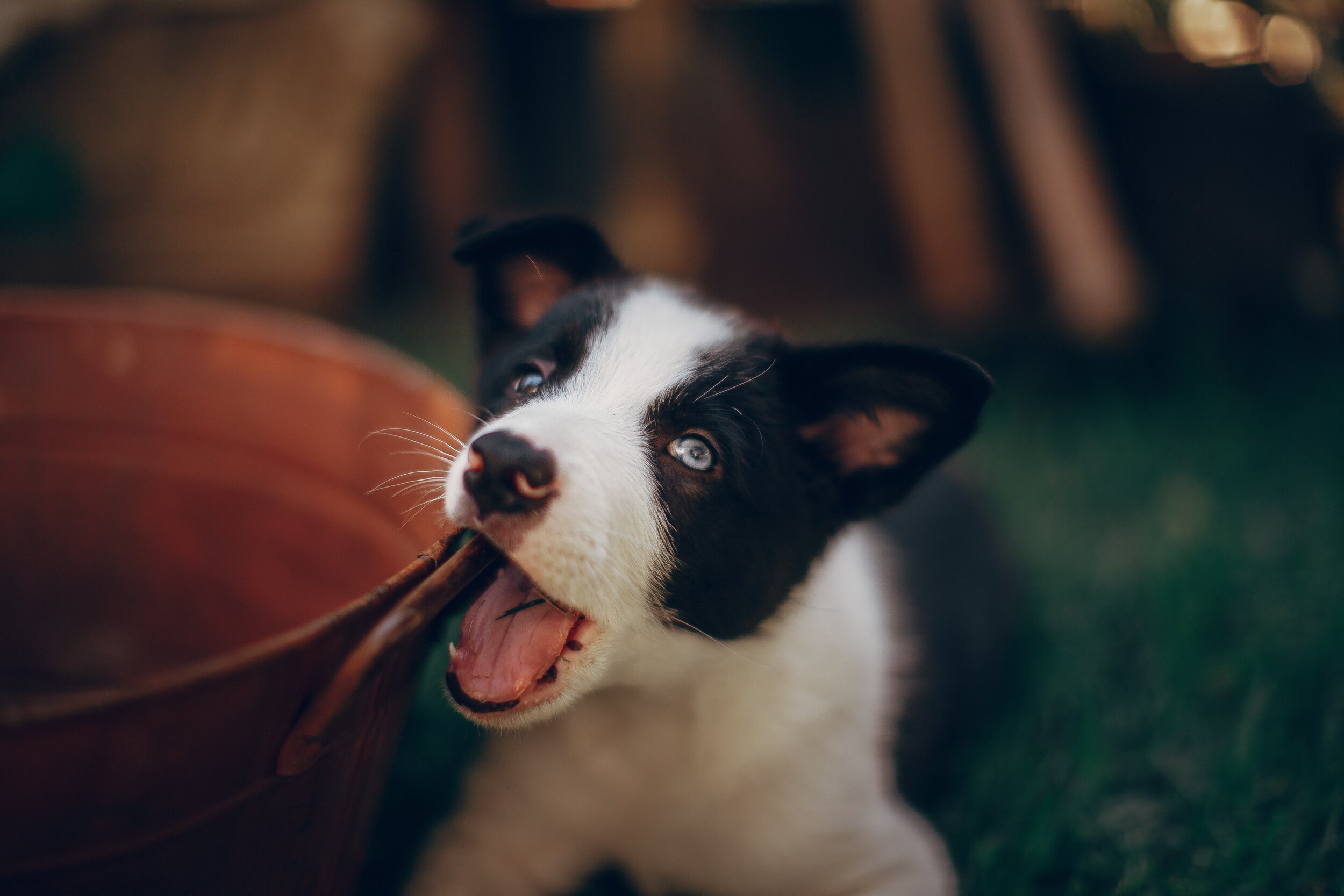Controversial advice - Reinforce unwanted behaviour
Many of the problem behaviours are a product of unintentional reinforcement that comes at the wrong time. It's better to reinforce quickly to keep the behaviour short and put more intention into all of the interactions with your dog. Remember, it's not just during a training session that your dog learns!
Are you applying what you have learned?
Creating habits is known to many people. When you hear about it, it sounds so obvious! You might even be able to teach others about it as you have great advice that works. The question is, are you using this advice?
How to create habits with the help of technology?
How many of us failed in the past trying to create a new habit?
This time, I tried something different and I was building on a habit that I already have. Now, after 6 months, I can fairly say that I managed to build a new, solid habit of learning Spanish 20 min a day every day. In the blog, I share what helped me achieve that and few other surprising learning points!
Challenge - Train yourself to look for the behaviours you like
Are you willing to take on the challenge of looking for the behaviours you like? Whether it's in your dogs' behaviour or in your own behaviour! Change can start from this simple (yet not easy!) exercise of noticing the behaviours you like instead of the ones you want to change.
One of the least known signs of fear in dogs
I've been there too! I saw a dog who is coming to me, being all cute and affectionate and I believed he is happy to see me. As long as it can be the case, there are times when dogs affection can mean "I'm not a threat to you, I won't harm you, I love you, please don't hurt me!". Watch out for the little signs and help your dog get more confidence around people with positive training.
How to set your new puppy up for success part 2
The second part of the blog with 5 more tips on what to do to avoid mistakes and set your new puppy up for success.
Behaviour works across the species
Behaviour is behaviour and you can find the consequences that drive it for every species you encounter.
How can we use what we learn in dog training to our own behaviour?
From this blog, you can learn steps to train your dog a 'wait' or ‘stay’ cue but also how you can transfer/use what you learn to enhance your learning and to get better at creating new habits for yourself.
Negative reinforcement – are you using it unknowingly?
How often do we stop and think about the way we interact with others (including animals)? We raise our voices when we talk with people who we think don’t listen to us. We pull the leash on our dogs’ collars to make them come the other way. We laugh at people, we grin, we give nasty comments without ever thinking what effect it has on them. Even if something works, it doesn’t mean it can’t be improved.
Why is my dog doing this?
Why is my dog doing this? A question most dog guardians/caregivers/owners ask. What’s the most common answer dog trainers give? It depends.
Have you ever been grateful for fear in your life?
Changing behaviour changes your emotions around it. You can become more resilient with practice.












